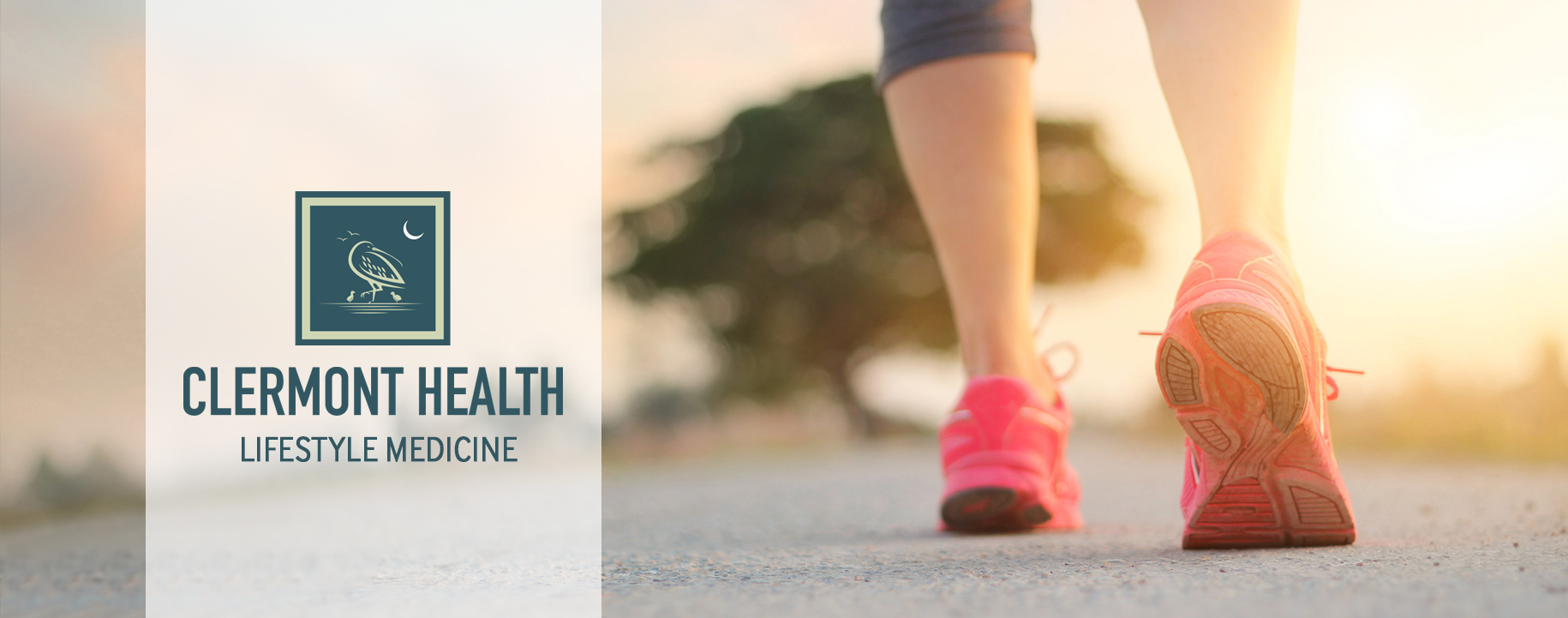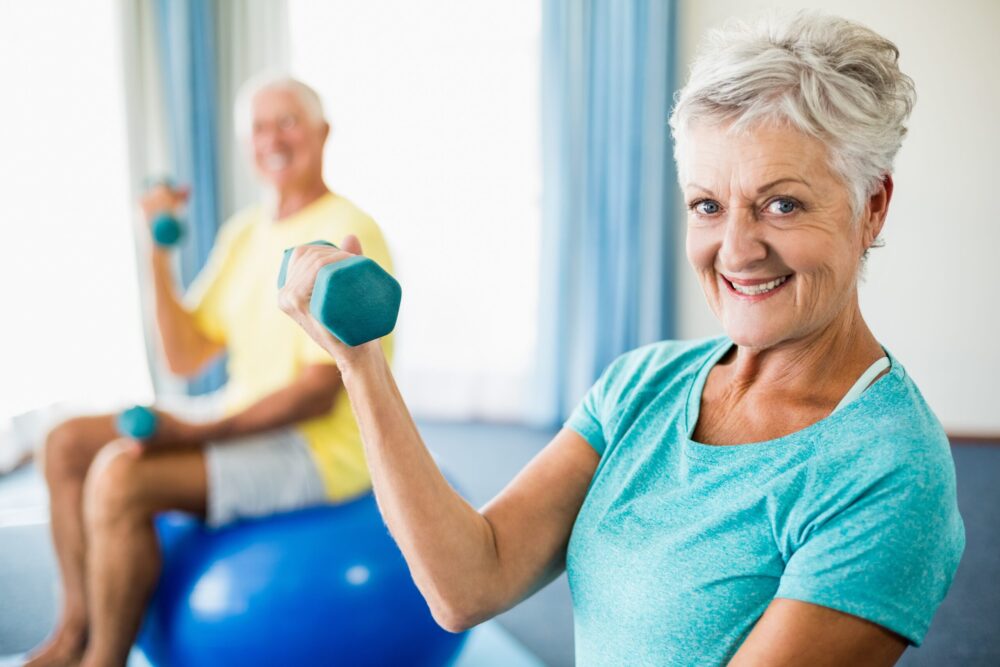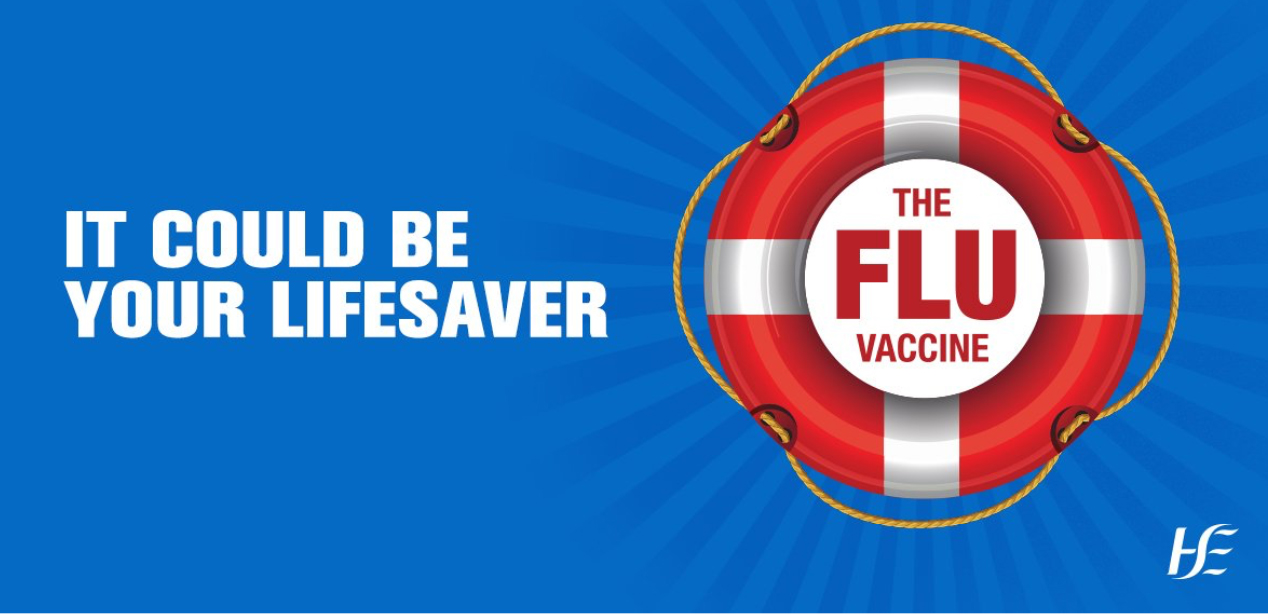
Exercise
The health benefits of physical activity are proven and wide-ranging, exceeding that of any drug. The Academy of Medical Royal Colleges has described physical activity as a “miracle cure.” This advice about moderate physical activity is not just a recommendation; it’s an empowering tool for all older people to take control of their health. In addition, vigorous physical activity offers additional benefits for those without specific contraindications such as unstable, advanced or terminal illness. For the older person, physical activity provides many benefits and minimises some of the limitations of later life.
Benefits include:
- Maintaining or improving physical function and independent living
- Improving social interactions, quality of life, sleep and reducing depression
- Building and maintaining healthy bones, muscles and joints, reducing the risk of injuries from falls
- Reducing the risk of heart disease, stroke, high blood pressure, type 2 diabetes, some cancers, vascular disease and Alzheimer’s dementia
- Improving management of lung disease, heart disease, arthritis, osteoporosis, kidney disease, stroke, cancer, and other chronic conditions.
The health benefits of physical activity are proven and wide-ranging. Alongside “don’t smoke”, “limit alcohol intake”, and “eat your fruit and vegetables”, keeping fit is probably the safest bet in modern medicine with respect to the evidence base. In fact, it is often stated if the effects of exercise could be bottled, it would be a “blockbuster drug”. One commonality of the “Blue Zones”, the longest-living and healthiest living population around the world, is that they engage in physical activity as part of their daily routine. Currently, in Ireland, only 30% of adults and 25% of children meet the minimum requirements for daily physical exercise.
Why Exercise?
Exercise is akin to a pension…but to get the most out of it, you must start paying in now. Even moderate resistance and cardiorespiratory fitness is associated with maintaining independent living and good physical health in later years. and reducing depression.
Exercise is essential for building and maintaining muscle and healthy bones and joints. There is an abundance of evidence that exercise reduces the risk of cardiovascular disease (heart disease, stroke), type 2 diabetes, many cancers, dementia and more. Exercise has been shown to prevent and treat mental health conditions such as anxiety and depression. Exercise also improves and fosters social interactions, community resilience and quality of life.

How much physical exercise do I need?
Exercise is a Goldilocks intervention; too little leaves us susceptible to a host of chronic diseases as well as low mood, anxiety, cancer and infectious diseases. Conversely, too much can run us down or leave us susceptible to injury. The key isn’t an overly complex gym regimen or signing up for an artic marathon; it is finding an exercise(s) that is an enjoyable, accessible, and practical exercise for you regularly. An expensive smartwatch, fitness tracker or app can tell you how much you are doing, but a much simpler rule of thumb is to have an elevated heart rate, be unable to complete full sentences in conversation or have a sweat on your brow for 30 minutes or so. Types of exercise should include not just cardiorespiratory or strength but also stretching and balance.
HSE guidelines suggest children and teenagers (2 -18 years old) should be active, at a moderate to vigorous level, for at least 60 minutes every day, and adults (18–64 years old) for at least 30 minutes a day at a moderate intensity activity five days per week (150 minutes per week). Those aged 65 and over should also aim for 30 minutes of moderate daily activity, focusing on balance, strength and aerobic fitness.
Older people:
- should do some form of physical activity, no matter what their age, weight, health problems or abilities
- should be active every day in as many ways as possible, doing a range of physical activities that incorporate fitness, strength, balance and flexibility
- should accumulate at least 30 minutes of moderate-intensity physical activity on most, preferably all, days
- who have stopped physical activity or who are starting a new physical activity should start at a level that is easily manageable and gradually build up to the recommended amount, type and frequency of activity
- who continue to enjoy a lifetime of vigorous physical activity should carry on doing so in a manner suited to their capability into later life
The take-home message is that physical activity is suitable for everyone of all ages and abilities and that any level of activity is better for your health than none.








